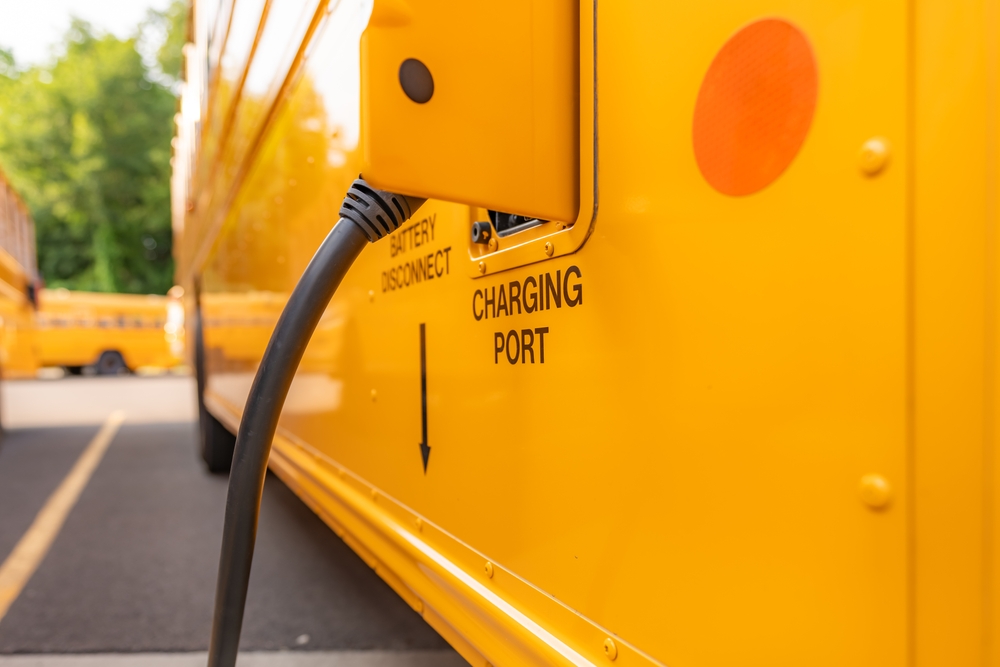Distributed Energy Resources, GHG Emissions - November 6, 2024
Brooklyn Schools Receive Electric Buses
Twelve electric school buses will take students to class in Brooklyn, New York, due to a pioneering partnership.
The partnership between Con Edison and school transportation provider First Student marks an important step toward a reduction in pollution and noise level by replacing diesel-fueled school buses and is supported by a $9 million investment by Con Edison.
Four of the electric buses are operational, with plans to have the entire fleet of 12 up and running by the next school year.
“What a win for the health and safety of New York’s students and the bus staff who transport them to school,” said Mayor’s Office of Climate & Environmental Justice Executive Director, Elijah Hutchinson, in a statement. “This project builds off the great work our office has been doing convening school bus vendors, connecting them to funding and financing opportunities, and supporting them with applying for over 1,400 electric school buses. When we all work together, we can clean the air we breathe and get us closer to our ambitious goal of electrifying the nation's largest school bus fleet by 2035.”
The buses will be charged using smart energy management software, which will allow First Student to reduce electric bills without compromising operational needs.
Each bus will have solar panels atop its roof. In addition, First Student will charge the buses at a depot on Malta Street with power from a 500-kilowatt solar array. The depot will also have a two-megawatt battery that will discharge power into the buses’ batteries.
The project will provide Con Edison with valuable information as the company prepares its grid for the coming influx of electric vehicles, including medium- and heavy-duty truck and bus fleets.
Electric school buses have a much greater fuel efficiency than diesel buses, measuring around 2.17 kWh per mile, or 17.35 miles per diesel gallon equivalent (DGE). A standard diesel bus has a fuel efficiency of about 4.2 miles per DGE, which is four times less efficient than its electric counterpart.
Stay Up-To-Date












